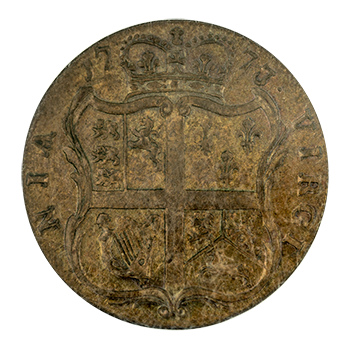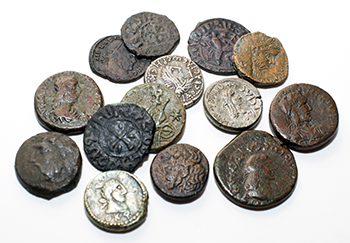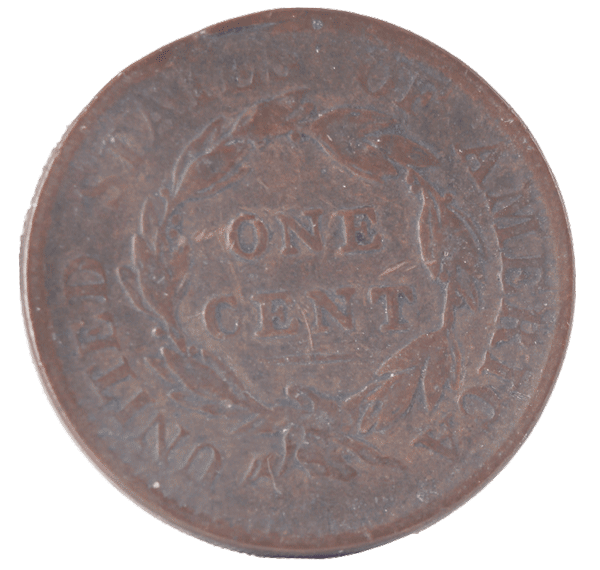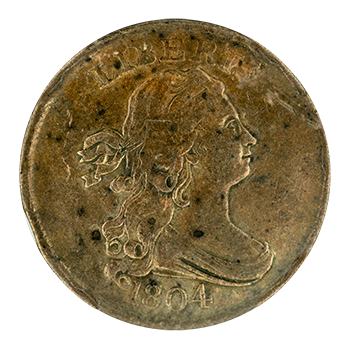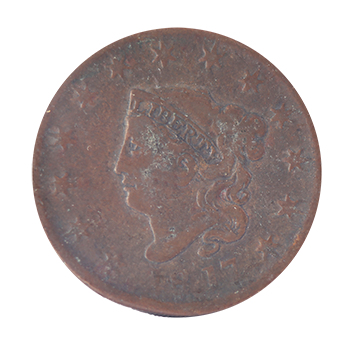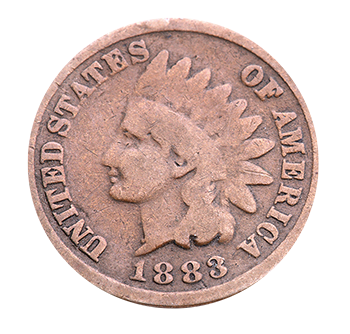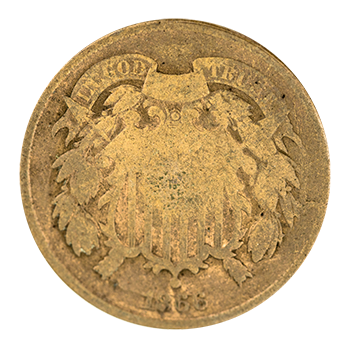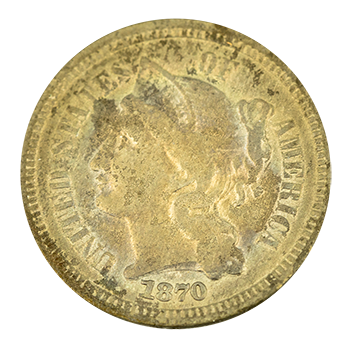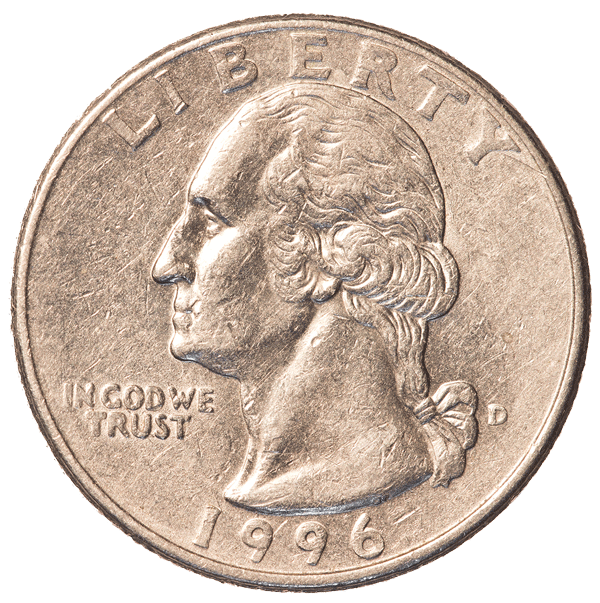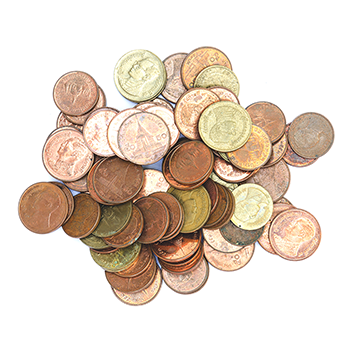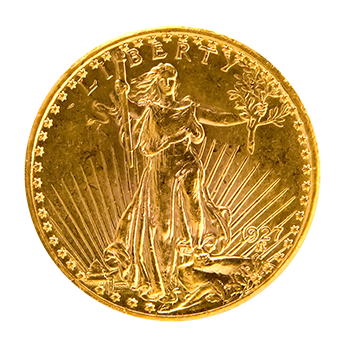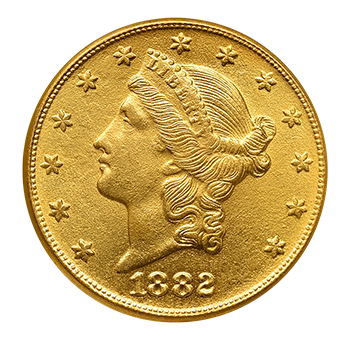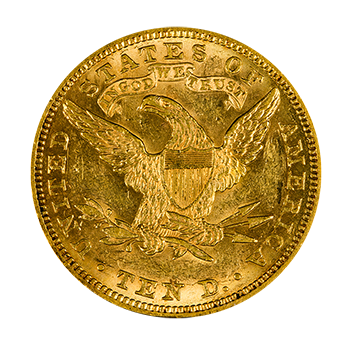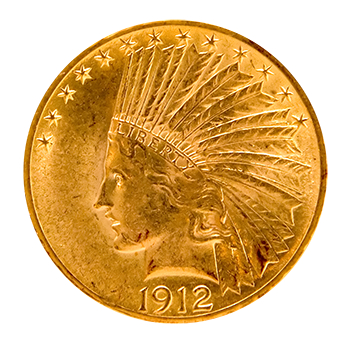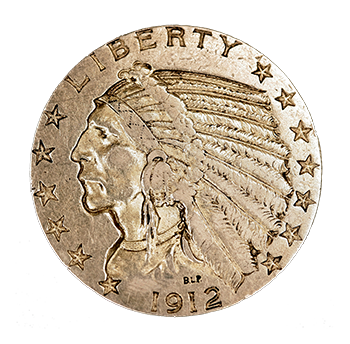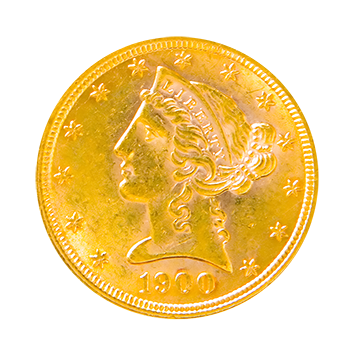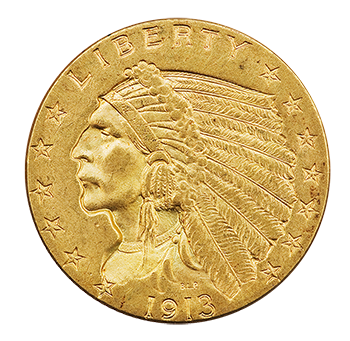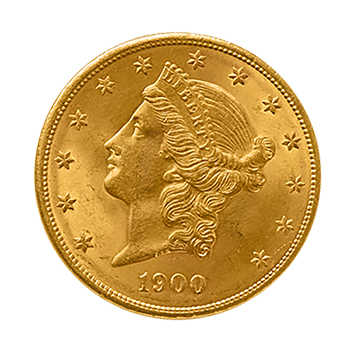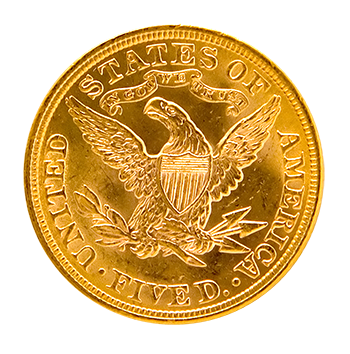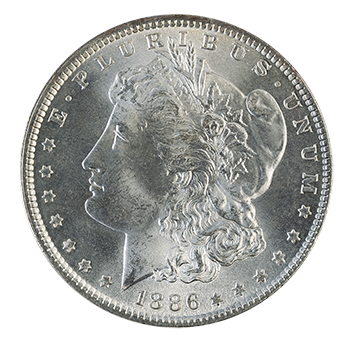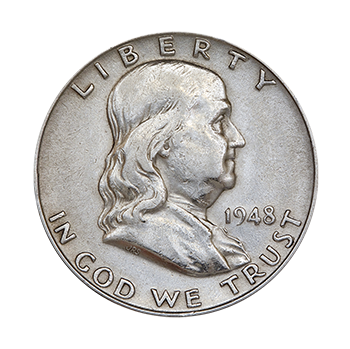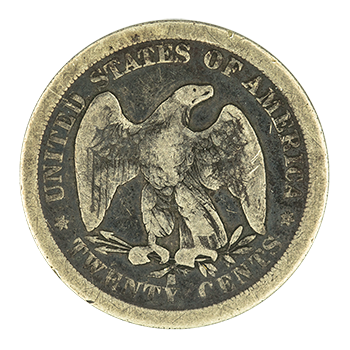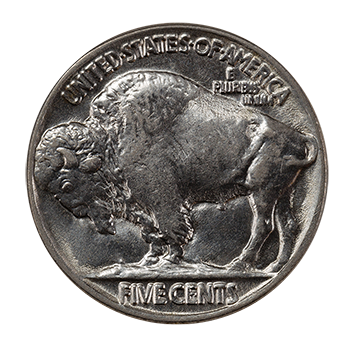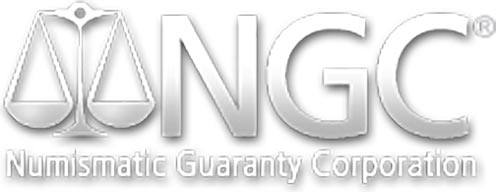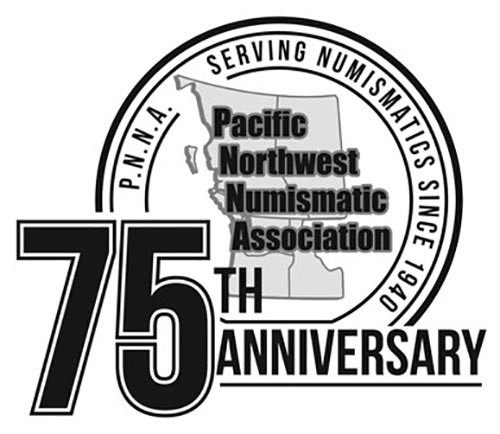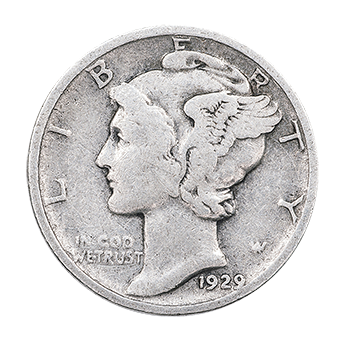
In 1783, Thomas Jefferson, Benjamin Franklin, Alexander Hamilton, and David Rittenhouse proposed a decimal-based coinage system for the United States. In a 1791 report to the United States Congress, Hamilton, the country’s first Secretary of the Treasury, suggested issuing six coins including a silver coin, “one-tenth part of a silver unit or dollar,” which today we call the dime. The first dime, the Draped Bust, appeared in 1796 with no sign of its face value. A series of modifications in the design led to the release of the Capped Bust dime in 1809 with a “10 C” denomination on the lower reverse side. The government continued to mint the Capped Bust periodically until 1820, when the coin went into annual production (omitting one year—1826).
In 1837, the Liberty Seated dime replaced the Capped Bust. Similar to the Capped Bust, this series underwent a series of redesigns during its history. Arrows by the date in 1853 and 1873 indicated modifications made in the coin’s mass (from 2.67 grams to 2.49 grams in 1853 and then to 2.5 grams in 1873). The use of arrows led to the rare 1873 and 1874 Carson City dimes with arrows and the one-of-a-kind 1873 Carson City Dime minted without arrows. The Liberty Seated series ended in 1891.
The Barber dime, named after its creator Charles Barber, appeared from 1892 to 1916. This dime includes one of the most classic American rarities, the 1894-S Dime. Only twenty-four of these dimes were ever minted. Currently only nine are accounted for within collections.
The Winged Liberty dime, also known as the Mercury dime, replaced the Barber dime in 1916. This design depicts Liberty donning a cap with small wings at the ears, evoking the god Mercury. This imagery is meant to represent freedom of thought. The Winged Liberty dime lasted until 1945.
In 1946, the U.S. memorialized the recently deceased President Franklin Delano Roosevelt with a dime design in his honor. This version of the dime lives on to this day.
The passage of the Coinage Act of 1965 changed the composition of the dime from 90 percent silver to a 90 percent copper and nickel alloy known as clad, which covers the coin’s pure copper center.

